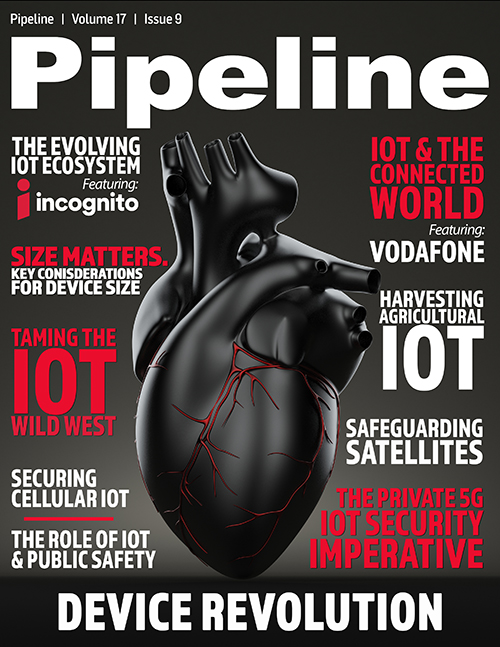Paving the Way for a Fully Connected World
It’s not all about speed, though. Capacity also plays a big role, and 5G networks allow control of many more devices than ever before. A critical element of the transition to 5G for IoT is made possible by mobile private networks (MPN), which give businesses the chance to leverage the latency, bandwidth and quality of service benefits 5G brings to critical application environments, even before national deployments.
A 5G MPN is like a mobile network dedicated to one piece of an operation that has specific network performance requirements as they control multiple complex systems in real-time. These might be things like automated guided vehicles, robotics, flexible manufacturing lines, and AR/VR on the factory floor, which are transferring large amounts of manufacturing and quality data through the process.
Bringing it all together at the edge
A technology often associated with 5G MPNs is multi-access edge computing (MEC). The ability to process close to the device is a requirement for many critical applications, and MEC further enhances the ability for a 5G MPN to deliver higher levels of quality of service and deterministic performance.
As devices become more and more intelligent and generate increasingly larger amounts of high-value data, edge computing makes it possible to rapidly process and analyze it, bringing decision-making closer to the source.
Thanks to an edge gateway that can distinguish which data needs to go to the cloud and which needs to be processed instantly on site, overall system responsiveness can be minimized. This capability will play an increasingly important role as more factory machines become self-operating and more autonomous vehicles enter roadways around the world. By instantly processing information at the edge, safety-critical events can be actioned immediately without latency, such as stopping an automated forklift in a factory when there is a risk of collision.
Edge also helps reduce connectivity costs by sending only the information that matters instead of a constant stream of data from IoT sensors to the cloud.
Combining 5G MPN and edge computing creates an infrastructure that can be located where the data is generated and where the action needs to happen. This is hugely important when we are talking about critical operations but also for tactile or haptic applications like remote surgery.
What is normally bundled with MPN is a dedicated edge. In the case of “hybrid” MPNs, there are also solutions to send data to ‘edge cloud’ services running from strategic locations in telecommunications’ networks, keeping processing close to the device.
For example, we are working with Digital Barriers, an edge intelligence provider, to deploy an MEC solution to help first responders have access to real-time video feeds that enable time-critical decision-making and help keep mobile workers safe and secure. This technology is helping to deal with critical, often life-saving events in milliseconds, reducing the time it takes emergency services to access incidents as well as combining live video streams from multiple cameras and sensors from various locations to gather a multi-dimensional view of a situation. This means hospital staff can prepare better for a patient’s arrival and make faster care decisions once someone arrives at the hospital. Information can also be shared at local, regional, or national levels to ensure staff and officers are present in areas of a crisis that are needed most. All of this can make an incredible difference in the time it takes to respond to a disaster.
The device revolution
Analysts predict the number of connected IoT devices will grow to 24.1 billion by 2030. Along with this growth, 5G and edge computing will also expand to enable these increasingly intelligent devices and allow huge amounts of high-value data to be streamed and processed intelligently and flexibly.
The processing power of edge, along with the bandwidth and low latency capabilities of the next-generation network, will offer real-time control, greater data analytics and deeper insight into critical operational processes, which will lead to the creation of innovative products and services to generate new revenue streams.
Overall, the ability to connect devices wirelessly and distribute computing power according to system performance will be a game-changer for many sectors over the next few years.



















